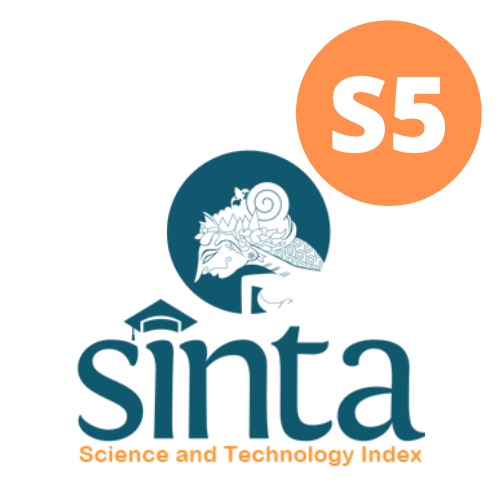VARIASI VOLUME DARAH TERHADAP DERAJAT AGLUTINASI GOLONGAN DARAH MENGGUNAKAN METODE SLIDE
BLOOD VOLUME VARIATION BASED ON BLOOD AGGLUTINATION LEVELS USING SLIDE METHOD
DOI:
https://doi.org/10.47522/jmk.v7i2.372Keywords:
Agglutination, Blood volume, Slide methodAbstract
Introduction : Blood typing is one of the important parameters in blood transfusion, patient identification, and various other medical applications. The slide method is one of the easiest, fastest, and most frequently used methods for blood typing. The sensitivity of the slide method is low and can be easily influenced by many factors, making standardization difficult. Inappropriate blood volume can cause vague or difficult-to-read results due to the prozone effect. This study aims to determine the difference in blood volume variations in the degree of agglutination of blood typing using the slide method. Method: The type of research conducted is experimental. The study was conducted at STIKes Bina Cipta Husada Purwokerto in September 2024. The blood volume variations used were 1 µl, 3 µl, and 5 µl. The Kruskal-Wallis test was used to analyze the data.. Result: The results showed a statistically significant difference between blood volume variations and the degree of agglutination with a significance value <0.05. Conclusion: There is a difference in the degree of agglutination based on blood volume variations using the slide method.
Downloads
Published
How to Cite
Issue
Section
License
Copyright (c) 2025 Jurnal Mitra Kesehatan

This work is licensed under a Creative Commons Attribution-NonCommercial-ShareAlike 4.0 International License.
Jurnal Mitra Kesehatan memberikan akses terbuka terhadap siapapun agar informasi pada artikel ini dapat bermanfaat bagi orang banyak. Jurnal dapat diakses tanpa dipungut biaya, sesuai dengan lisensi creative commons yang digunakan.









